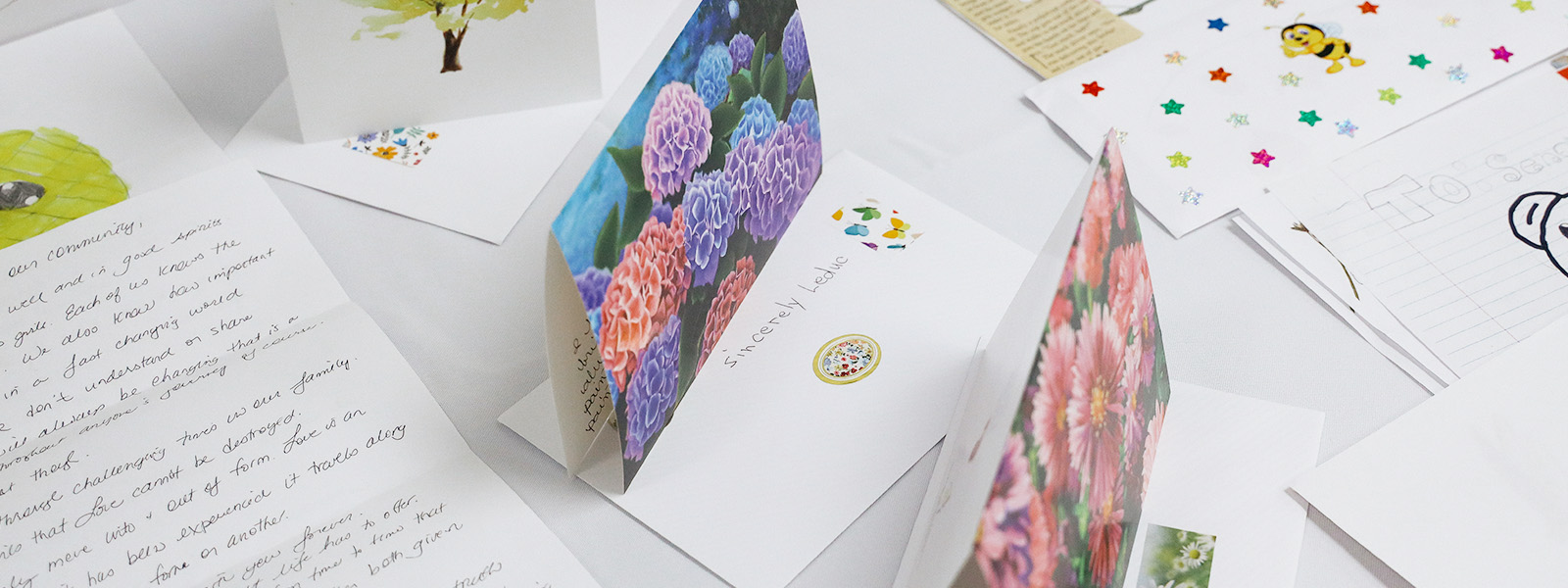The City of Leduc offers a wide range of support services through Family and Community Support Services (FCSS) and the Family Resource Network (FRN) to enhance residents’ quality of life and foster a strong, connected community.
Family and Community Support Services
FCSS partners with local organizations to make services accessible and promote resilience in the community. FCSS provides free, confidential support and resources to residents of the City of Leduc. Our staff has a strong working knowledge of various support services and are able to connect families, youth, and adults with available programs and services, including:

Counselling and Individual Support
Personalized assistance for mental health, relationship issues, and personal challenges.
Volunteer Income Tax Assistance
Free support for low-income residents to file taxes.
Financial and Housing Assistance
Find referrals to agencies and government programs that provide housing and income support
Community Events
Workshops and neighbourhood gatherings to foster connections.
Subsidized Transit
FCSS helps individuals access affordable transportation through subsidized transit programs, making it easier for eligible residents to get to work, appointments, and essential services.
LGBTQIA2S+ Support
The City of Leduc welcomes diversity and inclusion. FCSS is a LGBTQIA2S+ friendly space that offers supports and resources for youth, adults, families and allies in the community.
Sincerely, Leduc
We’re looking for letters, cards, fun stories and drawings to share with Leduc’s older generation. Sincerely, Leduc is an anonymous letter-writing campaign to help bring joy to and celebrate seniors in our community.

Good Neighbours
The Good Neighbours initiative aims to foster a strong sense of community and promote positive relationships among residents by organizing a variety of events, activities, and collaborative projects. Through neighborhood clean-ups, block parties, skill-sharing workshops, and volunteer opportunities, the initiative creates spaces where people can connect, support one another, and build a more inclusive and caring local environment.

Subsidized Programs
Leduc’s Family and Community Support Services (FCSS) offers a range of subsidized programs designed to support individuals and families in the community.
These programs provide financial assistance for accessing essential services such as counselling, youth activities, and community initiatives, ensuring affordability for those facing financial barriers. By promoting well-being, connection, and access to resources, FCSS helps enhance quality of life and fosters a stronger, more inclusive community for all residents of Leduc.
LGBTQIA2S+ Initiatives
The City of Leduc embraces diversity and inclusion, and Family and Community Support Services (FCSS) is proud to be an LGBTQIA2S+ friendly space. FCSS provides support and resources for youth, adults, families, and allies within the community. For more information, please contact the office at (780)-980-7109 or email [email protected].


